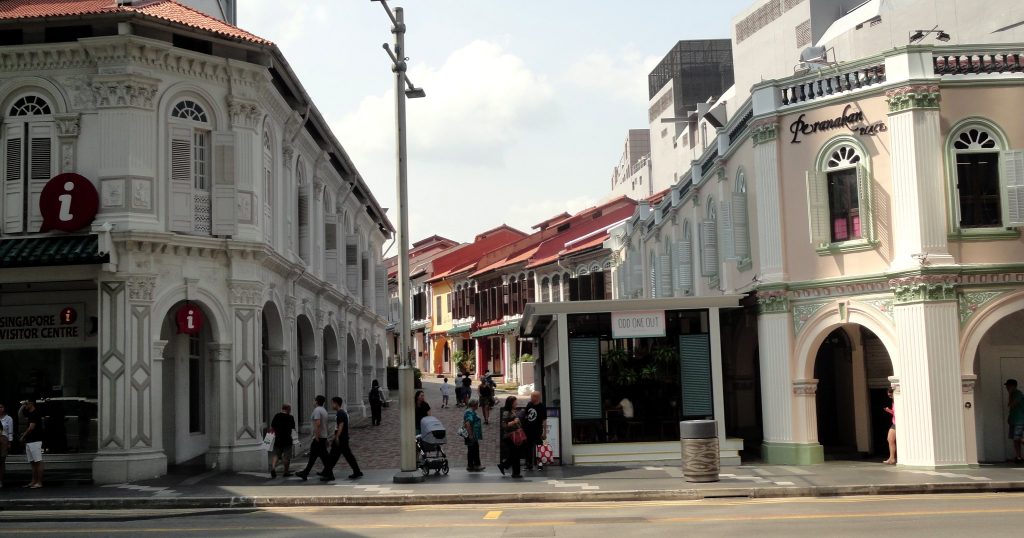Not Singaporean Enough? Migration, History and National Identity in Singapore
February 1, 2020

Dr John Solomon (NUS Department of History), in ‘Not Singaporean Enough? Migration, History and National Identity in Singapore’, a chapter in History, Historians and the Immigration Debate: Going Back to Where We Came From (2019), examines the uneven scholarship and public perception that surrounds migration and migrants to the city-state.
Migration into Singapore from 1965 to the present has often been neglected by historians working on social or cultural history, a disconnect that Dr Solomon notes has proliferated negative associations regarding new arrivals. These recent migrants are often seen as ‘scroungers’ who are disinterested in blending into society and waiting to migrate once more to Western countries.
Dr Solomon identifies The National Integration Council, the People’s Association, and the Immigration and Checkpoints Authority as parts of the government tasked with aiding integration, inclusion, and civic pride among newly arrived migrants. However, although there are some successes such as organised tours to museums, historical landmarks, and heritage centres, the actual complexion of the National Museum and, with regards to Indian migrants, the Indian Heritage Centre, prove the difficulty of convincing both locals and new arrivals that they are indeed part of the fabric of Singaporean society.
Within the Indian community, the division between old and new diasporas representing the pre- and post-1965 population manifest most prominently in the exhibits of these institutions, where the absence of cultural artefacts representing newer migrants has created a barrier between what Dr Solomon terms ‘Singapore Indians and so-called New Indians, or recent migrants.’
Intriguingly, the Singapore Government’s successful construction of national history to promote and cement social cohesion and a well-defined Singaporean national identity along the Chinese-Malay-Indian-Others (CMIO) model has in contemporary times led to the exclusion of newer migrants. They are often of other Asian descent or cannot fit into the established CMI communities, despite ostensibly being classed as CMI themselves. Being placed within the highly exclusionary category of ‘Other’ solidifies persistent and populist ideas of who the authentic and inauthentic Singaporean citizen really is.
Dr Solomon astutely notes how public history has firmly situated Singapore’s national identity within the common struggles under colonialism and the politics of decolonisation.
Consequently, newer citizens often feel and are reminded daily that they really are not quite Singaporean enough.
Read the chapter here.
